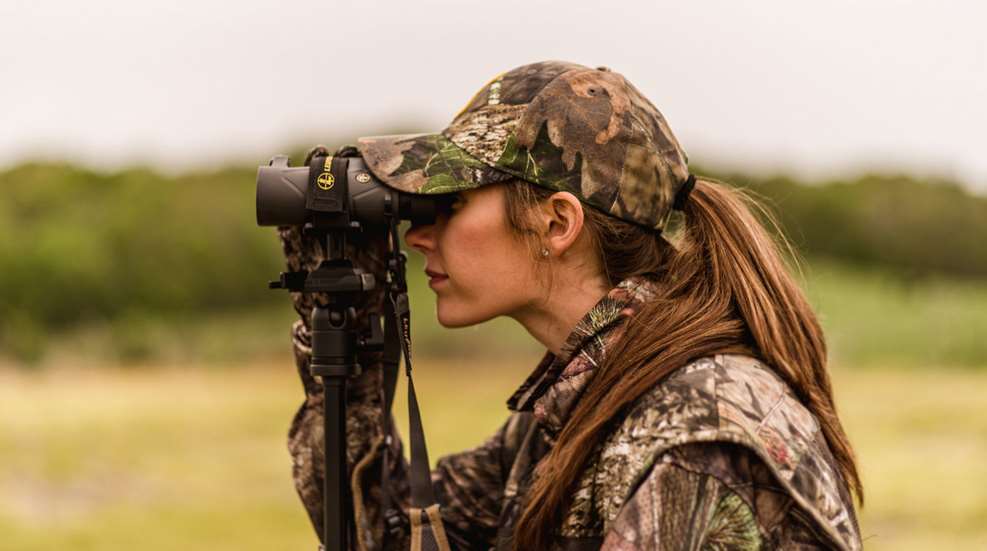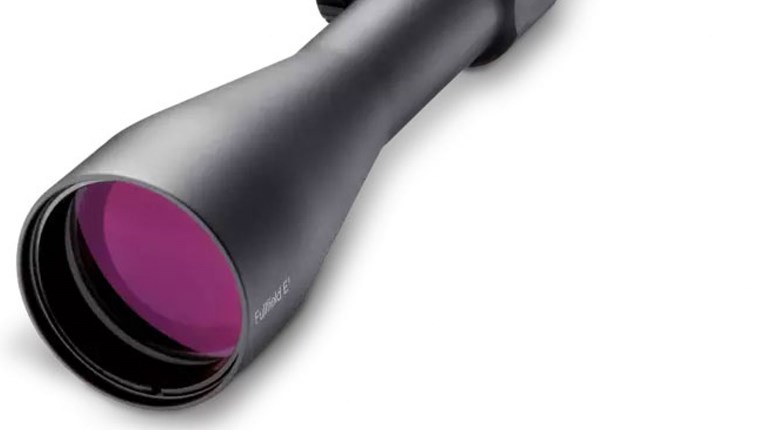
There's a saying that camouflage is made to fool hunters, not to fool animals. While there’s a little bit of truth to that, when you cut through the marketing hype, it’s undeniable that camouflage really has changed and improved how we hunt. But with dozens or maybe even hundreds of patterns available to choose from, how important is it to match your camo exactly to what and where you’re hunting?

The short answer is: It depends. Camouflage is designed, fundamentally, to break up your outline. This matters more with some animals than it does others. With deer, especially if you’re a rifle hunter who might shoot animals from 200 yards away, your smell and your movement or lack thereof is more important than how perfectly your camo pattern matches the exact tree you’re sitting in. Your grandfather would tell you that in his day, they killed deer while wearing red-and-black checkered wool coats, and he’s got a point. The breaking up of your outline—and you being still, because deer see movement better than anything else—is what matters. Deer don’t see the full color spectrum, either, so if your camo is a little brighter green or more gray than the trees you’re surrounded by, they’re not likely to notice. Do be mindful of the tones, so you’re not wearing super dark camo that pops out against a lighter background, and don’t go wearing all-white snow camo if there’s no snow on the ground. But other than that, what you’ve got will almost certainly be good enough if you play the wind and sit still. (Image courtesy Realtree Media)
The same advice applies to elk and pronghorn as well—all ungulates see in shades of gray, but they’re highly attuned to movement, so be still and don’t stress too much about your camo pattern. Pronghorn in particular have excellent vision and can pick out movement, even if they can’t tell what you are exactly, from great distances.

Image courtesy Howard Communications
Turkeys and ducks, on the other hand, can see colors quite well— they can even see ultraviolet radiation, and ducks actually see colors with more vibrancy than we can. If you’re hunting turkeys from a blind, no problem. But if you’re sitting out where the birds have the potential to see you, you’ll want to blend into the background as thoroughly as you can. Picking a springtime-friendly camo pattern or even wearing a 3-D ghillie suit will help hide you from a turkey’s sharp vision. We’re still learning about how birds see, but doing your best to hide from them is essential.

Image courtesy Howard Communications
Bears see in color as well, but being predators, they are less jittery and don’t spook as easily as deer do—a bear might very well take note of you and just keep going about its business. For that reason, you have a little more leeway here in terms of how well your camo hides you.
Wild hogs don’t have great eyesight, but they see better than many people believe. They have a wide field of view but poor depth perception, and although they see movement at 100 yards+, they don’t always interpret all movement as a threat. Camo is not a big priority when hunting hogs during the day, and obviously it’s not much of a factor if you’re hunting at night (just wear something dark).

Image Courtesy Realtree Media
Coyotes see only a few colors, mostly blues and yellows, and their vision is not as sharp as a human’s. They also can’t constrict their pupils very well, so they struggle in bright sunlight. They pick up movement very well. If you are hunting them during the day, hiding yourself is wise, but the exact camo pattern isn’t super important. As with deer, staying extremely still will hide you better than your camo will.
Let’s be real: Not many of us can afford a full set of gear in a different camo pattern for every species, season or area we hunt. The good news is that for most animals, breaking up your outline and staying still are more important than the exact camo pattern you choose. Camo matters more for birds you are trying to coax into range, like waterfowl and turkeys. If you are archery hunting where the animals are super close, matching your camo to the terrain is a little bit of extra insurance.
And mixing different camo patterns in the same outfit is totally normal and acceptable, by the way














































